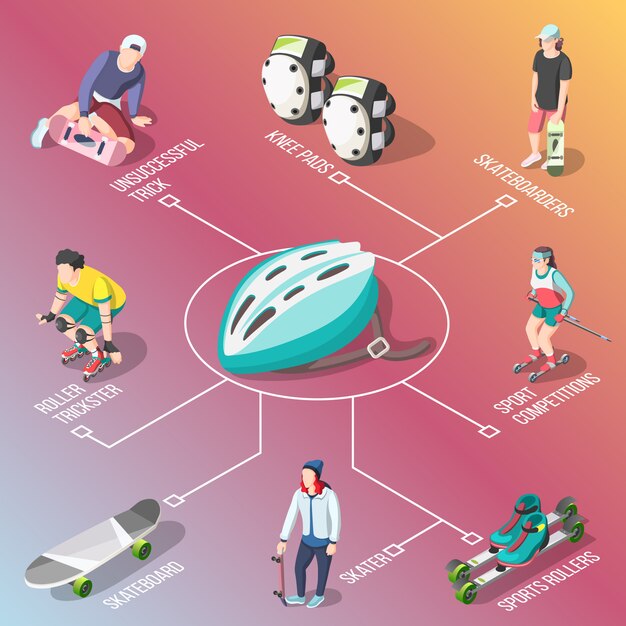Revving Up the Challenge: Simulation & Modelling on Two Wheels

Challenges in Providing Driver-in-the-Loop Simulation for Motorcycles
When it comes to simulating and modeling motorcycles, there are significant differences compared to other vehicles. This is mainly due to the unique steering dynamics and the rider’s freedom to move around on the motorcycle.
In cars, the driver controls the steering angle, and the steering torque is the system’s feedback to the driver. However, with motorcycles, it’s the other way around—riders apply steering torque to the handlebars, and the vehicle model calculates the appropriate steering angle for the front wheel.
RFPro, a specialist software company, is providing simulator software for the world’s first driver-in-the-loop (DIL) simulator designed for motorcycles at vehicle dynamics grade. This technology allows manufacturers to test different chassis configurations using riders with varied styles and skill levels in a safe and controlled environment, ensuring repeatability.
RFPro’s simulator software has been previously used for everything from Formula One cars to commercial vehicles. However, the motorcycle application introduced new challenges, explained Chris Hoyle, the company’s technical director. He noted, “Simulating a motorcycle’s dynamics accurately is incredibly challenging due to the rider’s mobility and the vehicle’s unique steering characteristics. By collaborating with a motorcycle manufacturer, we developed and validated solutions to these challenges, making it possible for DIL simulation to significantly reduce development time and cost.”
Hoyle further elaborated on how the wider field of vision available to motorcyclists affects the graphics system’s performance needs. “A car driver is restricted by windows, the bonnet, and the roofline. They can look around freely but typically only within a 20 to 30-degree range. In contrast, a motorcyclist can look anywhere, even down at the road surface. When banking into a turn, the rider remains upright on the motion platform, so the horizon must be adjusted to provide accurate visual cues.”
Despite the differences between motorcycles and other vehicles like cars or trucks, the benefits of DIL simulation remain the same. These include safely and repeatedly exploring limit handling, evaluating different chassis configurations with various rider styles and abilities, and comparing the vehicle’s behavior on existing test tracks without needing physical prototypes. Additionally, testing can proceed year-round without being affected by weather conditions.
This simulation application is being developed for a confidential customer by system integrator Ansible Motion. Besides the simulator software, RFPro is providing several digital test track models to enable direct comparisons with existing physical data.
RFPro has developed DIL simulators for various vehicle dynamics applications, offering video and audio pipelines, an architecture for soft-real-time model execution, and an optically correct off-platform vision system optimized for motion profiles suited to ride and handling development. This specialized field of DIL simulation focuses on rapidly closing the loop between the driver and the vehicle model while delivering a high-quality and immersive environment.